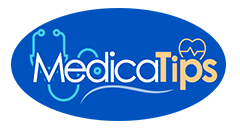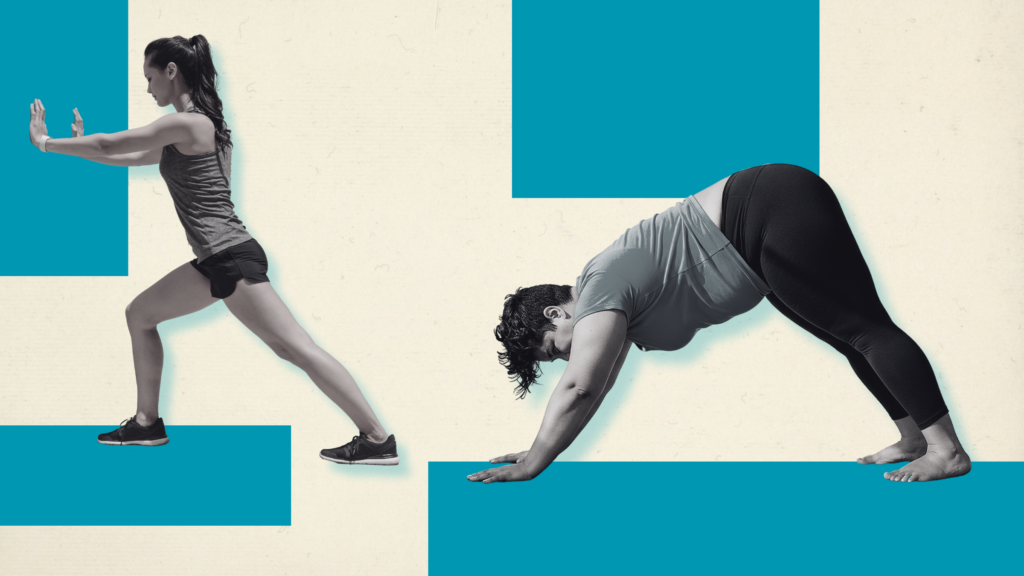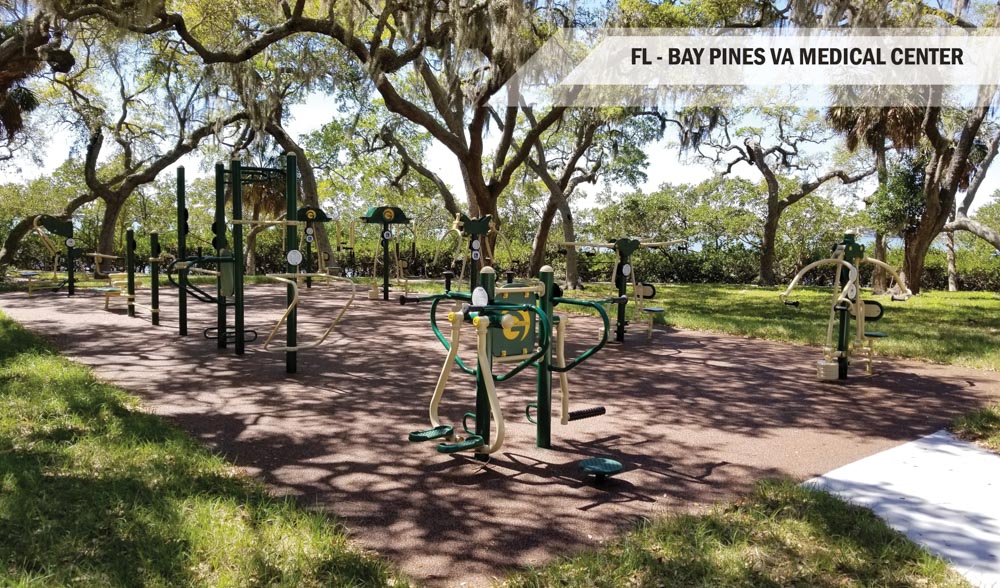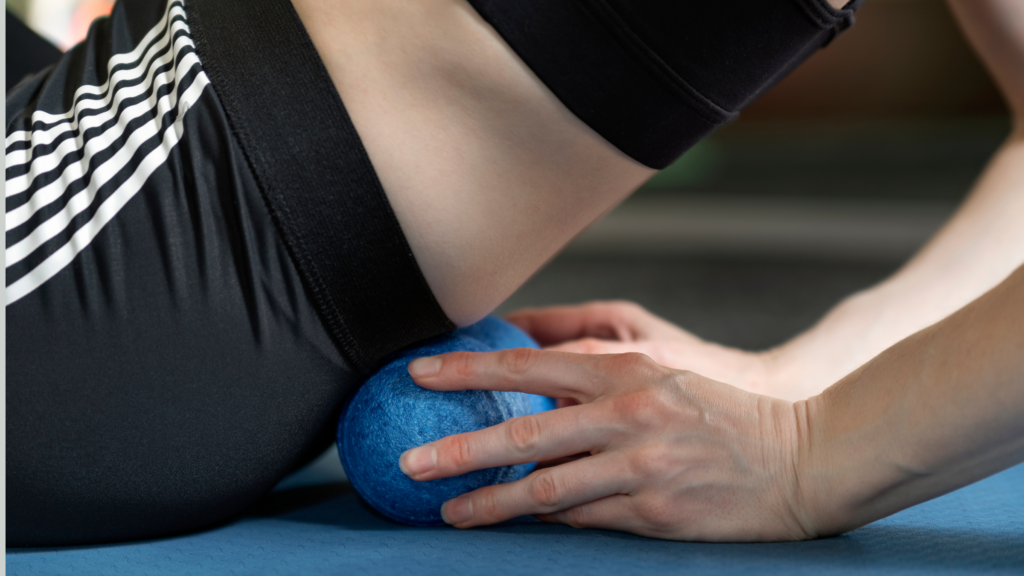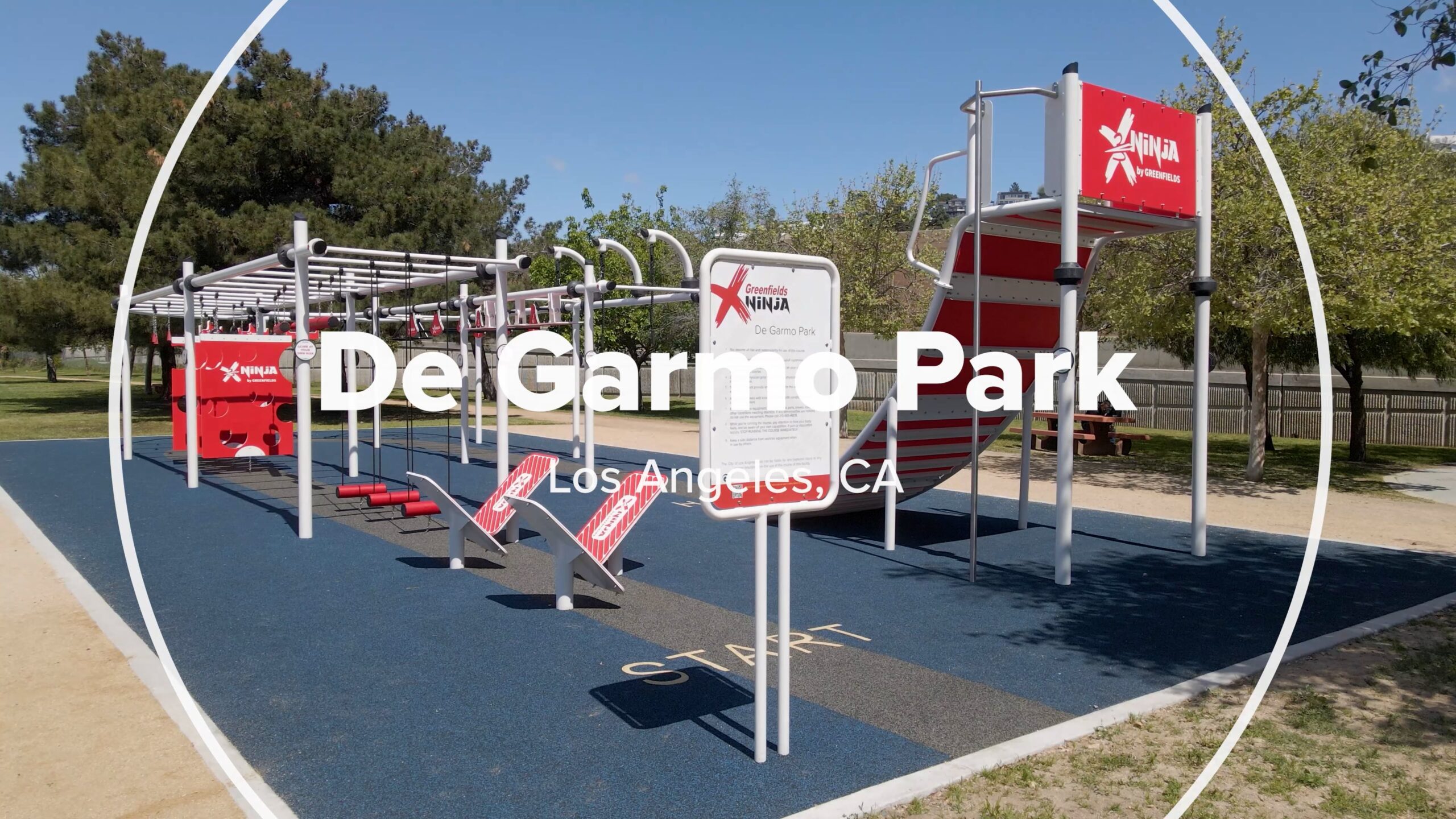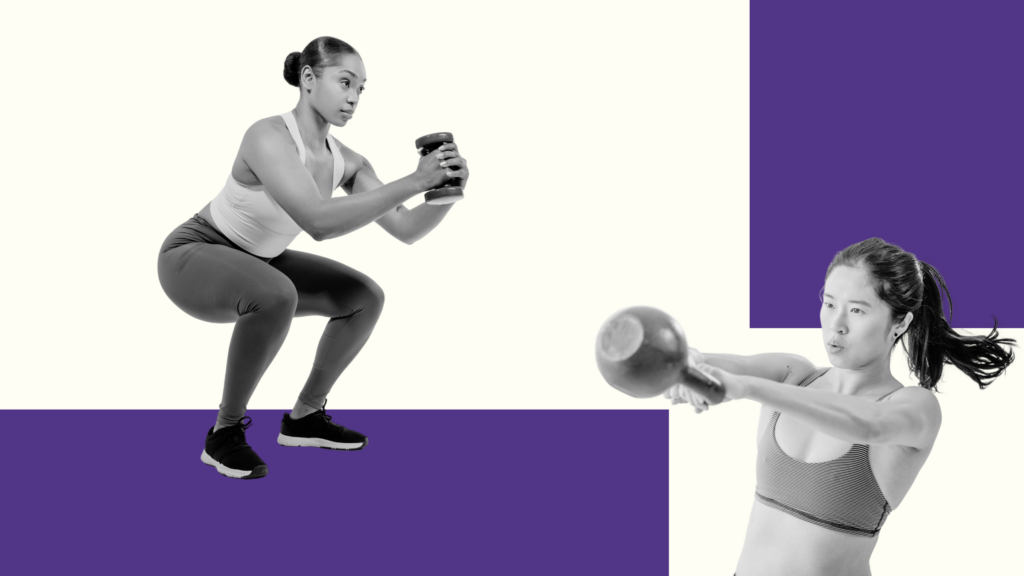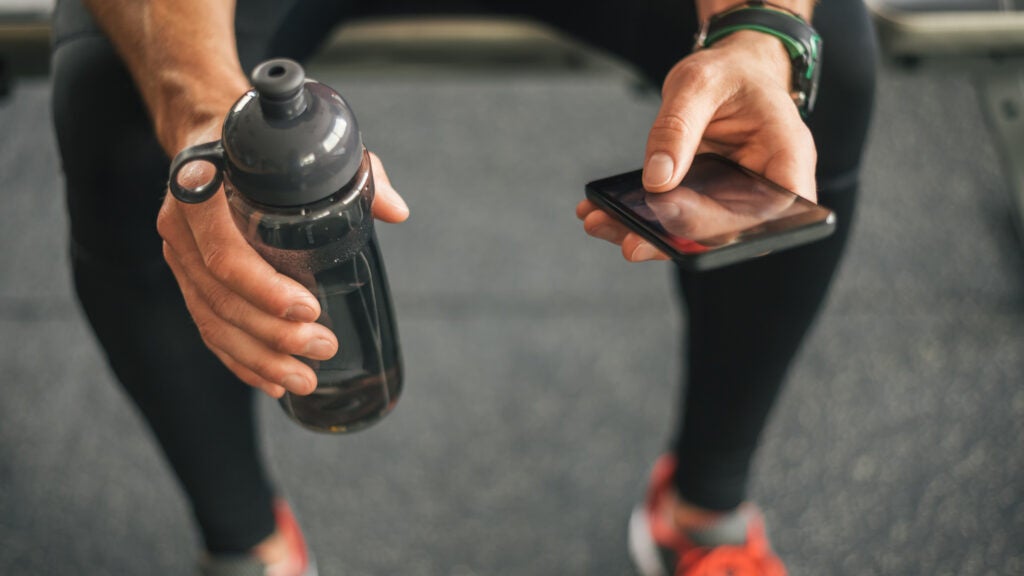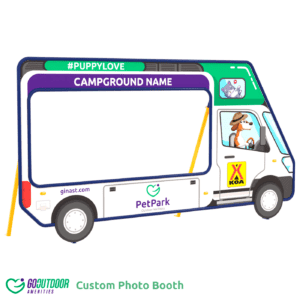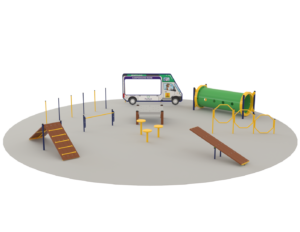Though they power most upright movements, the calf muscles are often overlooked in stretching routines. But tight or stiff calves can cause issues across the lower body, from your ankles to your lower back, making even basic daily movements like walking and climbing stairs uncomfortable.
The good news is that even a few minutes a day of moving and stretching your calf muscles can help you stay pain- and injury-free.
The Anatomy of Your Calf
Your calf muscle runs along the back of your lower leg, from behind your knee to the back of your ankle. It’s made up of two main muscles: the gastrocnemius and the soleus. A smaller muscle, called the plantaris, runs between the gastrocnemius and soleus and connects to your Achilles tendon. (FYI: Around ten percent of people do not have a plantaris muscle.)
The Achilles tendon, which connects your heel bone to the gastrocnemius and soleus, runs from the heel to the middle of your calf.
Working together, the Achilles and the muscles of your calf are responsible for plantarflexion—when the toes point down and away from the leg (as if you’re pushing your foot down on a gas pedal). “We activate our calves with nearly every movement our lower body does, whether that’s running, jumping, or walking,” says Marco Capizzano, a chiropractor and the founder of b-stretched, a chain of stretch therapy clinics.
What Causes Tight Calf Muscles?
“Prolonged periods of sitting or general inactivity can shorten the calf muscles and decrease their strength and flexibility,” says Capizzano. Other culprits include wearing uncomfortable shoes like high heels, which put the calves in a shortened position, and repetitive motion that initiates in the calves, like running or jumping, Capizzano adds.
When your calves are tight, they can limit mobility in your ankles and cause you to compensate with your knees, hips, and lower back, he says.
Common Calf Injuries
Injuries associated with tight calves don’t just happen in the calf muscles themselves. Overuse injuries, caused by repetitive activity without proper recovery, include plantar fasciitis (inflammation of the tissue in the foot), shin splints (inflammation of the tissue around your shin bone), and Achilles tendinitis (inflammation of the tendon that connects the calf muscle to the heel), all of which are associated with calf stiffness.
“When the calf muscles are too tight, any kind of sudden stretching or explosive movement puts them at risk of injury, limiting your athletic performance and even activities of daily life,” says Capizzano.
7 Moves to Loosen Tight Calves
To keep your calves feeling good, Capizzano suggests a mix of dynamic and static stretches.
“Active or dynamic calf stretches promote blood flow, flexibility, and mobility in the muscles, preparing them for the stress of activity,” he says. These exercises also increase joint mobility and prevent strain or injury when doing high-impact activities like running and jumping, he adds.
Perform the dynamic/active calf stretches in the morning before starting your day or before you engage in any physical activity. Use the static stretches to help you recover from a workout or before bed.
When performing any of these stretches, listen to your body. “If you feel pain or sharp discomfort, ease off the stretch and try again with less intensity,” says Capizzano.
1. Calf Raises
Move Type: Dynamic/Active
- Stand with feet hip-width apart
- Slowly raise up onto your toes
- Slowly lower back down
- Perform two or three sets of 15 to 20 reps
2. Dynamic Calf Stretch
Move Type: Dynamic/Active
- Stand with the balls of your feet on a step (a box, bench, or even the bottom step of a staircase) with your heels off the edge
- Allow your heels to drop below the step
- Rise up on your toes as high as possible. Pause.
- Lower back down
- Perform two or three sets of ten to 15 reps
3. Inchworm
Move Type: Dynamic/Active
- Stand with feet hip-width apart
- Hinge at the hips, fold forward, and place your hands on the floor
- Walk your hands forward until you’re in a high plank
- Pause, then walk your hands back towards your feet and stand upright
- Perform two sets of ten to 12 reps
4. Banded Single-Leg Calf Stretch
Move Type: Static
- In a seated position, extend both legs in front of you
- Loop one end of a long resistance band (like this one) across the arch of one foot and hold the other ends in each hand
- Gently pull on the ends of the band, drawing your foot towards your body
- After holding, release and repeat on the other side
- Hold each side for 30 to 45 seconds, then switch sides
- Perform the stretch twice on each foot
5. Standing Calf Stretch/Gastrocnemius Stretch
Move Type: Static
- Stand facing a wall with your toes about two feet away from the wall
- Place your hands on the wall at about shoulder height
- Step your right foot forward so your toes are about six inches away from the wall, allowing your leg to bend into a lunge, keeping your foot flat on the floor
- Keeping your left leg straight, push your heel into the ground while leaning your torso towards the wall to deepen the stretch
- Hold for 30 to 60 seconds on one side, then switch. Repeat twice.
6. Soleus Stretch
Move Type: Static
- Begin by standing with feet hip-width apart, with your hands on a wall or the back of a chair
- Step your left foot forward
- Bend both knees, keeping your heels on the ground until you feel a stretch along the calf muscle of the rear leg
- Hold for 30 to 60 seconds on one side, then switch. Repeat twice.
7. Downward Dog
Move Type: Static or Dynamic
- Begin in a high plank position with arms straight
- Push your hips back and upwards and press your heels towards the ground so your body forms an inverted “V”
- You can hold here for a static stretch
- For a more dynamic move, alternate bending your knees, pressing each heel down towards the floor as you go
- Hold, or alternate knee bends for two or three sets of 30 to 45 seconds
Want more of Outside’s Health stories? Sign up for the Bodywork newsletter.
Source link
